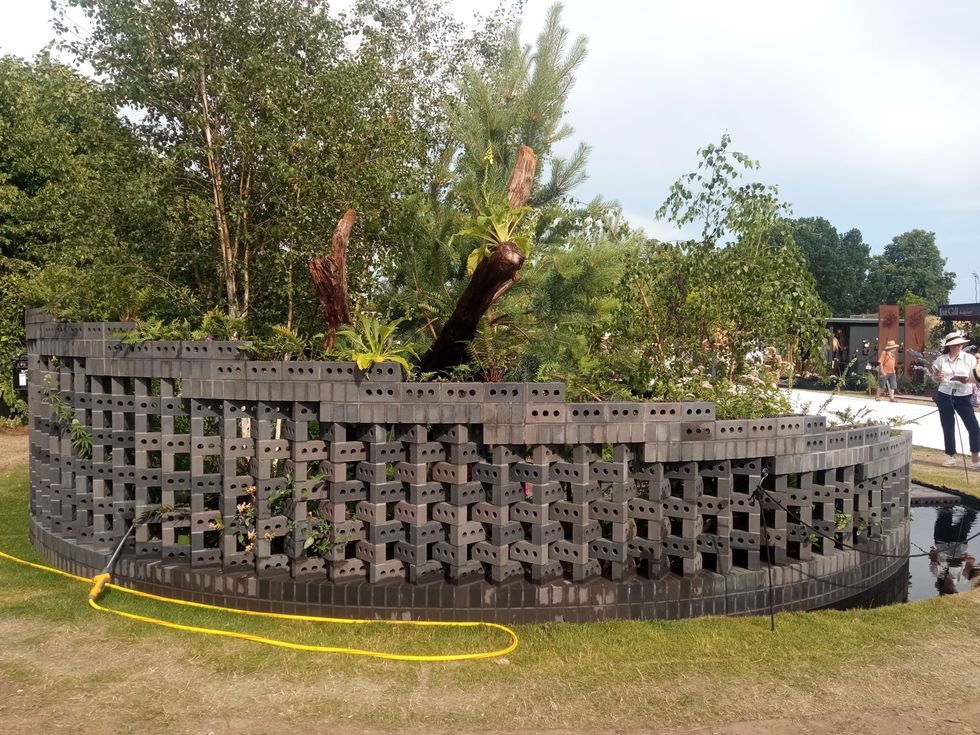A CYCLONE that had been heading for western India has veered away, forecasters said Thursday, although costal areas were still expected to be hit by winds gusting up to 160 kilometres (110 miles) per hour.
Vayu, classified as a very severe cyclonic storm, moved north-northwestwards in the night over the Arabian Sea, and was around 110 kilometres from the coast of Gujarat state.
It was "very likely" to keep moving in the same direction, but still skirt the coast with winds of between 135-145 kph and gusts of 160 kph, the India Meteorological Department (IMD) said.
On Wednesday (12) forecasters said they expected the system to hit Gujarat with full force.
Authorities in Gujarat evacuated more than 285,000 people as a precaution. Schools have been closed, with officials fearing major damage to houses, crops, power lines and communications.
Five people have been killed by lightning in Gujarat, mostly farmers and labourers working in fields, authorities said.
The Air Force, Coastguard and Navy have all been put on high alert, with 36 teams from the National Disaster Response Force (NDRF) deployed in coastal areas.
The Gujarat coast is home to Veraval, a major hub of India's fisheries industry exporting to Japan, South East Asia, Europe, the Gulf and the United States.
The state also houses two major ports, Deendayal and Adani in the Gulf of Kutch, as well as the Jamnagar oil refinery, the world’s largest.
All ports in Gujarat halted the berthing of vessels from Wednesday.
Prime minister Narendra Modi, who comes from Gujarat, said on Wednesday that the central government was "closely monitoring the situation".
"Praying for the safety and well-being of all those affected by Cyclone Vayu," Modi tweeted.
Cyclones are relatively rare in Gujarat, but they can be destructive and dangerous. The worst was in 1998 when more than 4,000 people died.
Vayu is India's second cyclone this year.
In May, Cyclone Fani -- with winds up to 200 kph -- killed around 80 people in eastern India and Bangladesh, damaging half a million houses and knocking out power, water and communications.
But Odisha authorities won praise from the United Nations and others for evacuating more than a million people and averting what could have been a much higher death toll.
Improved forecasting models, public awareness campaigns and well-drilled evacuation plans -- backed up by an army of responders and volunteers -- helped the eastern state prepare well.
In 1999 Odisha was hit by a super-cyclone that left nearly 10,000 dead.
The latest weather system was also drawing moisture away from much-needed annual monsoon rains, with almost half of India hit by drought and many areas experiencing a heatwave.
With temperatures exceeding 50 degrees Celsius (122 Fahrenheit) in the northern states of Rajasthan, water shortages have left huge numbers of people reliant on water trucks.
The monsoon arrived in the south-western state of Kerala late last week but was several days behind schedule.
(AFP)
















 The circular structure inspired by jali screens in India
The circular structure inspired by jali screens in India Sophie, Duchess of Edinburgh, at the garden
Sophie, Duchess of Edinburgh, at the garden The couple display their medals
The couple display their medals

 Kap’s Cafe in Surrey was struck by gunfire late at night with staff still insideInstagram/
Kap’s Cafe in Surrey was struck by gunfire late at night with staff still insideInstagram/ Kaps Cafe Instagram Story Instagram Screengrab/
Kaps Cafe Instagram Story Instagram Screengrab/ Kaps Cafe Instagram Story Instagram Screengrab/
Kaps Cafe Instagram Story Instagram Screengrab/